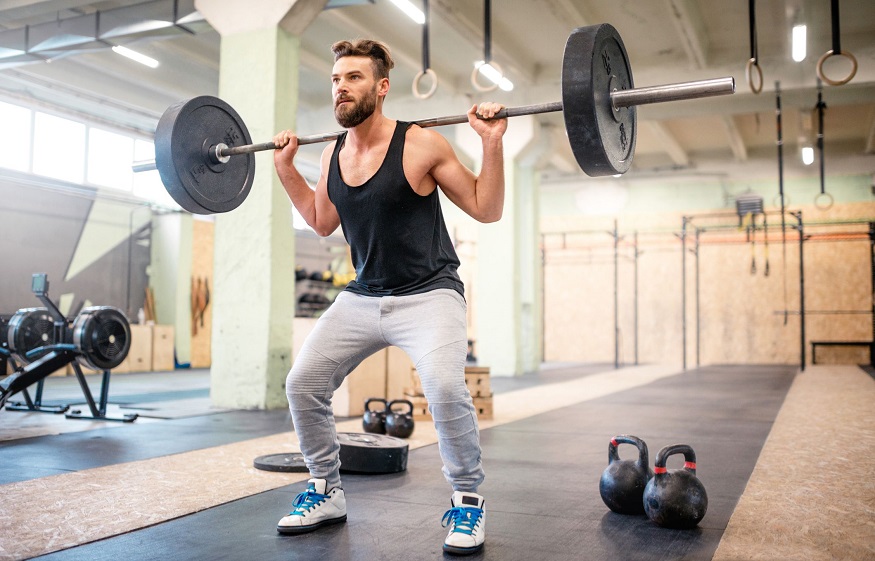Mass gain, also called ” muscle hypertrophy “, is a reaction of the body to an athletic effort . When a muscle is highly stressed, during weight training for example, it is damaged and then repaired afterwards. This process will eventually strengthen it and the muscle will thus grow in size.
It is important that the muscle receives a stimulus sufficiently above the threshold potential , the level that must be exceeded to trigger an action potential. The action potential corresponds to the moment when the muscular activity exceeds this threshold potential and when the muscle can no longer function without being rapidly weakened and damaged. However, only this damage leads to “ supercompensation ”, that is to say the repair and strengthening of the tissues. [1] In the end: to sustainably stimulate the growth of a muscle, it must continually be made to perform efforts for which it is not suited
(principle of ” progressive overload “).
Supercompensation
Structure of a skeletal muscle
To date, studies of the exact process of muscle hypertrophy have not yet been completed. [2] Nevertheless, three different types of hypertrophy have been identified:
1) Sarcomere or myofibrillar hypertrophy
Intense weight training or comparable efforts exert mechanical tensile forces on a muscle that cause small damage (microtrauma) to the sarcomeres. Sarcomeres are the only contractile protein structures found inside the muscle fiber. [2] During post-workout recovery, the body replaces damaged proteins and adds new sarcomeres , which thickens muscle fiber.
Continuous training makes it possible to create more and more new sarcomeres, which, by assembling, form new myofibrils, the contractile filaments of the muscle fiber. This is also referred to as “myofibrillar hypertrophy”. This type of hypertrophy only occurs following training using high weights, such as weightlifting for example . It is naturally accompanied by a gain in strength since the number of contractile elements (sarcomeres) increases. [3]
2) Sarcoplasmic hypertrophy
No new protein structures are made in this type of muscle growth; only the amount of semi-fluid plasma present in the muscle fiber increases. It is mainly glycogen (storage form of glucose) and water that contribute to muscle thickening. This type of muscle development does not result in any maximum strength gains , but rather promotes endurance . However, this hypertrophy is not long-lasting since the cells evacuate glucose and water within only a few days.
Part of the muscle mass of bodybuilders relies on the process of sacroplasmic hypertrophy, which explains why they, in most cases, do not have as much strength as their imposing musculature might suggest. Although the best bodybuilders have more muscle mass than weightlifters, their peak strength is much lower.
This is explained by the difference in training: bodybuilders perform few or no exercises at maximum strength and prefer to concentrate on longer series with consequently lower weights: generally between 8 and 15 repetitions per series (see below). This type of training largely depletes the glycogen stores present in the muscles . These will be refilled and slightly enlarged during the recovery phase.



